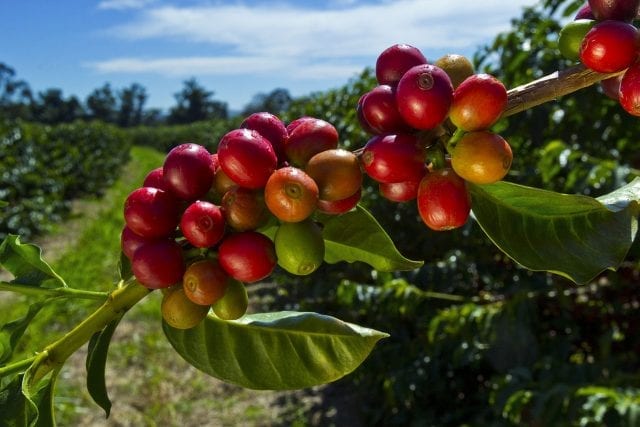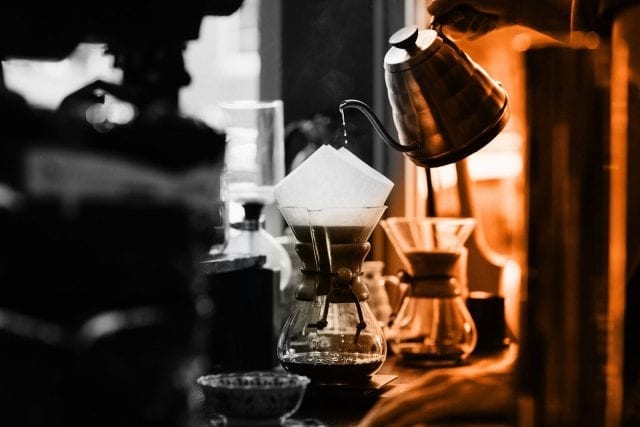
If you are like most North Americans, coffee is a key part of your daily life: every day, millions of cups of coffee are consumed around the world.
From the construction worker picking up a cup of joy on the way to the job site in Saskatchewan to the Italian enjoy her morning espresso in Rome, everyone who drinks coffee is participating in a global supply chain that connects them to plantations in Indonesia, Mexico, and East Africa.

If you’re curious about all the steps your favorite beverage goes through to end up in your cup, here’s a short explanation of a coffee bean’s life cycle.
1. Harvesting
The coffee bean is actually the seed of a tree native to the Horn of Africa. As coffee production has spread around the world, coffee trees have been planted across Asia, Africa, and Central and South America. These seeds form the core of cherries that are generally harvested by hand when they grow to ripeness.
2. Processing
Once the cherries have been picked, the coffee beans need to be separated from the pulp of the cherry. In many places, this is done simply by drying the cherries in the sun and then removing the seeds once they’re dry, but there is also a more intensive water separation method that separates the beans from the cherry using a pulping machine.

3. Drying
Once processed, beans must be dried. Sometimes, they are simply spread out in the sun, but it has become more common to use heat exchangers for the food industry that are specifically designed to dry coffee beans in ways that minimize contamination.
4. Milling
At this point in the bean’s life cycle, it still has a husk or parchment layer which needs to be removed through a milling process. After they have been milled, the beans are sorted on a scale of ten to twenty based on size, and defective beans will be sorted out by hand to ensure that only the highest quality product is sent abroad for roasting.
5. Exporting
Most coffee lovers wouldn’t recognize the coffee beans that are bagged up and packed aboard ships that will take them to the market for which they are destined. Pre-roasted coffee beans are green or yellow in color, and lack the rich aroma that comes with roasting.

6. Roasting
Roasting is one of the most essential steps in the life of a coffee bean. Roasting will not only prepare the bean for consumption, it will also imbue the bean with its particular flavor. Lightly roasted beans tend to preserve more of their natural flavors, and for this reason are significantly more complex and fruity when compared to dark roasted beans. Dark roasted beans, on the other hand, tend to be bolder and richer, with fuller body and texture.
7. Brewing
The roasted beans are now ready to be ground up and brewed for your morning espresso. The brewing process also has a significant impact on what the coffee will taste like, as more concentrated brewing processes, like the steam-driven method for making espresso, will impart a stronger, more intense flavor.

One of the reasons coffee is so beloved is because, like wine, it contains multitudes of flavors depending on its country of origin, the methods used to process it, how it was roasted, and how it is prepared.
As you can see from the life cycle of the bean, coffee goes through a lot of steps to get from the tree to your cup, and each one of them imparts its own special flavor to the final product.






